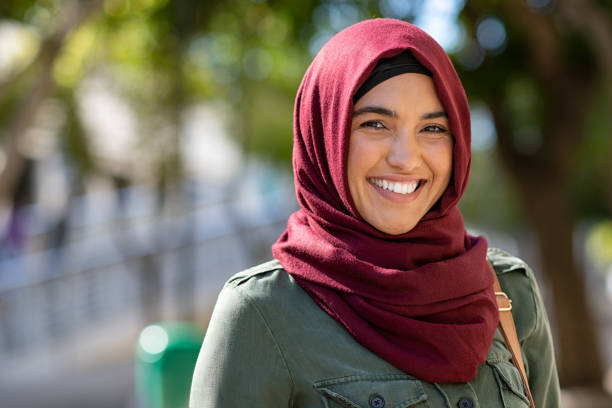Muslim Women and the Right to Wear Hijab: Upholding Religious Freedom and Personal Choice
The right to wear the hijab, a religious head covering worn by Muslim women, is a fundamental aspect of individual freedom and religious expression. In this article, we delve into the significance of the hijab as a symbol of faith, explore the importance of upholding the right to wear it, and address the challenges faced by Muslim women in exercising this right.
Understanding the Significance of the Hijab
A Religious Obligation and Symbol of Faith
For Muslim women, the hijab represents an essential component of their religious devotion and identity. It is a visible expression of their faith, serving as a reminder of their connection to God and adherence to Islamic teachings. The hijab embodies modesty, dignity, and a commitment to upholding religious values in both personal and public spheres.
Cultural Diversity within Hijab Styles
It is crucial to recognize that the hijab encompasses a wide range of styles and interpretations, varying across different cultures and regions. Muslim women have the freedom to choose from various forms of head coverings, such as the traditional headscarf, niqab (face-covering), or burqa (full-body covering). This diversity highlights the individuality and personal choices within the broader framework of religious observance.
Upholding Religious Freedom and Human Rights
Freedom of Religious Expression
The right to wear the hijab is rooted in the principles of religious freedom and freedom of expression. It is protected under international human rights conventions and should be respected and upheld by individuals, communities, and governments. Ensuring that Muslim women have the freedom to express their religious beliefs through their attire is crucial for promoting inclusivity and fostering a society that values diversity.
Countering Discrimination and Prejudice
Muslim women who choose to wear the hijab often face discrimination, bias, and prejudice in various aspects of their lives, including education, employment, and public spaces. Upholding their right to wear the hijab serves as a means of countering Islamophobia and promoting equality and inclusion. It is essential to challenge stereotypes, promote interfaith dialogue, and foster an environment where Muslim women feel safe and respected in exercising their religious freedoms.
Challenges Faced by Muslim Women
Stereotyping and Misconceptions
One of the challenges encountered by Muslim women who wear the hijab is the prevalence of stereotypes and misconceptions. The hijab is often misinterpreted as a symbol of oppression or subjugation, ignoring the agency and personal choice of women who wear it. Educating society about the true meaning and significance of the hijab can help dispel stereotypes and foster understanding and acceptance.
Balancing Faith and Societal Expectations
Muslim women may also face internal conflicts when choosing to wear the hijab in societies where it is not the norm. Striking a balance between their religious obligations and societal expectations can be challenging, requiring resilience and support. Creating an environment that respects diverse expressions of faith and provides support networks can help Muslim women navigate these challenges more effectively.
Conclusion
The right to wear the hijab is an essential aspect of religious freedom and personal choice for Muslim women. Upholding this right contributes to a society that respects diversity, promotes equality, and protects individual freedoms. By challenging stereotypes, countering discrimination, and fostering inclusive environments. we can create a world where Muslim women feel empowered and respected in their decision to wear the hijab. Respecting the right to wear the hijab is not only a matter of human rights, but also an affirmation of our shared commitment to religious freedom and the principles of personal autonomy.




